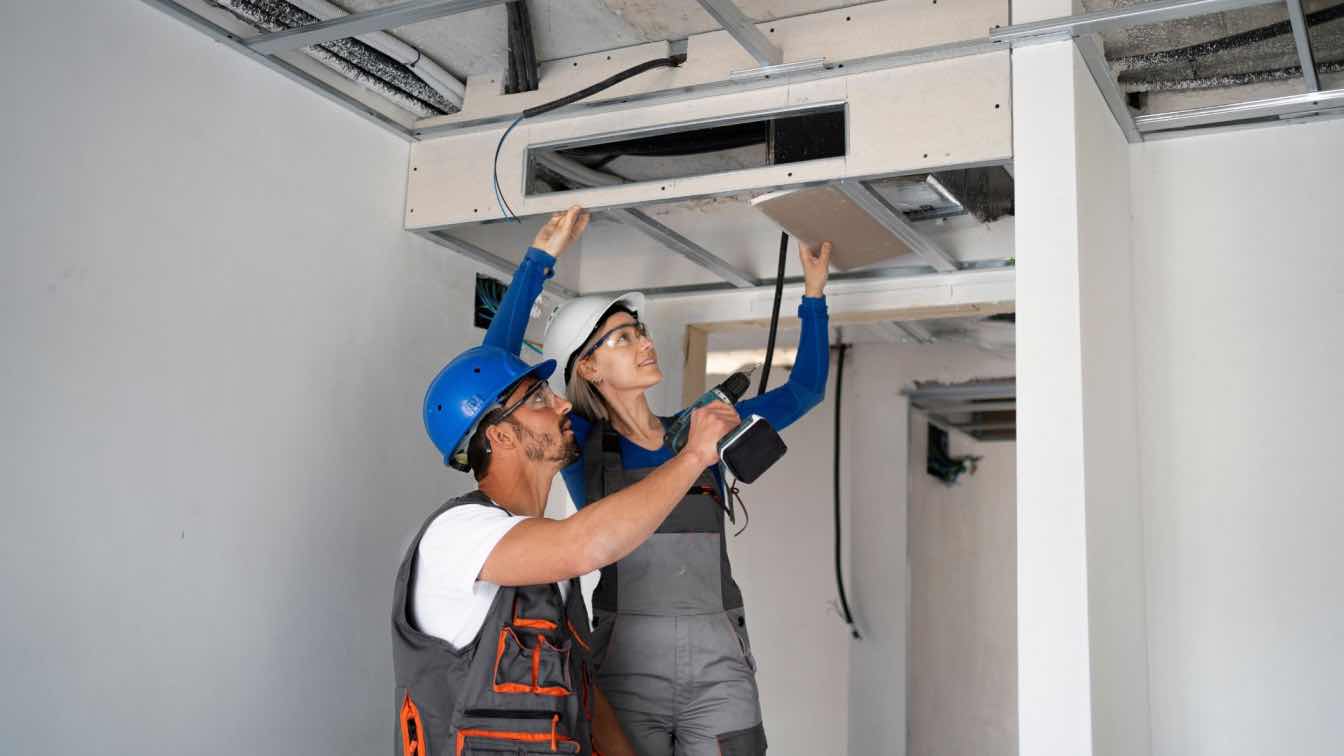Slow and Steady Is Winning the Race
According to SalesForce, digital transformation is the pivotal process that leverages digital technologies to create new – or modify existing – business processes, corporate culture, and customer experiences to align with evolving market dynamics. When digital transformation is applied to facilities management, the result is Digital Facilities Management (DFM), which Facility Technology (FacTech) defines as “the integration of a myriad of data-driven tools like IoT, BIM, and AI-ML, among others, to optimize facility management.”
Digital transformation and the adoption speed across the facility management industry are noticeably slower when compared to other types of organizations. More extensive, well-established industries resist updating to newer technologies, typically citing budgetary concerns and training requirements. However, updating to new technologies becomes more manageable when approached from a needs-based perspective. It’s essential to remember that not every solution applies to every business or organization. There are numerous benefits to digital transformation, but only within the context of making operations more efficient while simultaneously lowering operational costs.
Digital Transformation Challenges for Facilities Management
Per IFMA, there are four key reasons why the facilities management industry has been slow to embrace digital transformation.
There is an “overwhelming” list of available technology options in the marketplace today.
Communication and collaboration tools such as email, video conferencing, and collaboration suites that include scheduling and document sharing are essential for tenants and customers. Building management systems can consist of control access, building security, and automated systems that adjust HVAC, power, and data usage based on changing occupant levels to reduce operational and maintenance costs.
Previously Failed attempts to upgrade or replace existing technologies.
Unlike computer peripherals that include “plug-and-play” connectivity, updating or replacing aging technology can be time-consuming and expensive for most small to medium-sized companies. Typically, these upgrades require new hardware, software, and employee training to maximize benefits for the business owner or facility manager.
Lack of the organization’s ability to adopt newer technologies
To determine the best fit for today and moving forward, time must be allocated to compare different solutions in an apples-to-apples comparison. When companies struggle with limited timelines and resources, reviewing all the available digital transformation options or systems can be challenging. The best solution should fully meet today’s business needs and include the adaptability to address changing technology needs in the future.
Long-term complacency and inertia make up the company culture
To provide a superior workspace environment, companies and property owners can’t remain complacent with today’s technology. Properties must be able to meet the changing technology needs across their entire lifecycle to remain competitive in the marketplace.
Digital Transformation Benefits for Facilities Management
The main benefit of digital transformation is to lower operating and maintenance costs via enhanced data collection. However, companies can use that same data to:
- Upgrade, modify, and improve products and services to attract more customers and increase sales.
- Reconfigure delivery models by eliminating waste and redundancies to streamline the customer journey and provide a superior customer experience.
- Rethink value propositions, messaging, and branding strategies to increase market share.
These connected technologies and data must have support from the built environment to address changes, upgrades, or reconfiguration needs. Unfortunately, traditional construction processes hide the data cabling underground, within the walls, or above the ceiling, making any changes expensive and time-consuming. Access flooring systems eliminate these challenges and costs by relocating data and power cabling into the underfoot space created by the adaptive cabling distribution system.
Digital transformation can reinvent industries by analyzing the collected data to adapt to changing trends and identify additional growth opportunities. Data can be used to improve and continually refine the organizational structure to improve the company’s products, services, and customer satisfaction. Digitizing business processes enables access control while supporting workplace productivity and collaboration regardless of workplace location. True digital transformation should improve business processes through enhanced data collection, improved efficiency, and accessibility while simultaneously addressing scalability concerns for the future.





